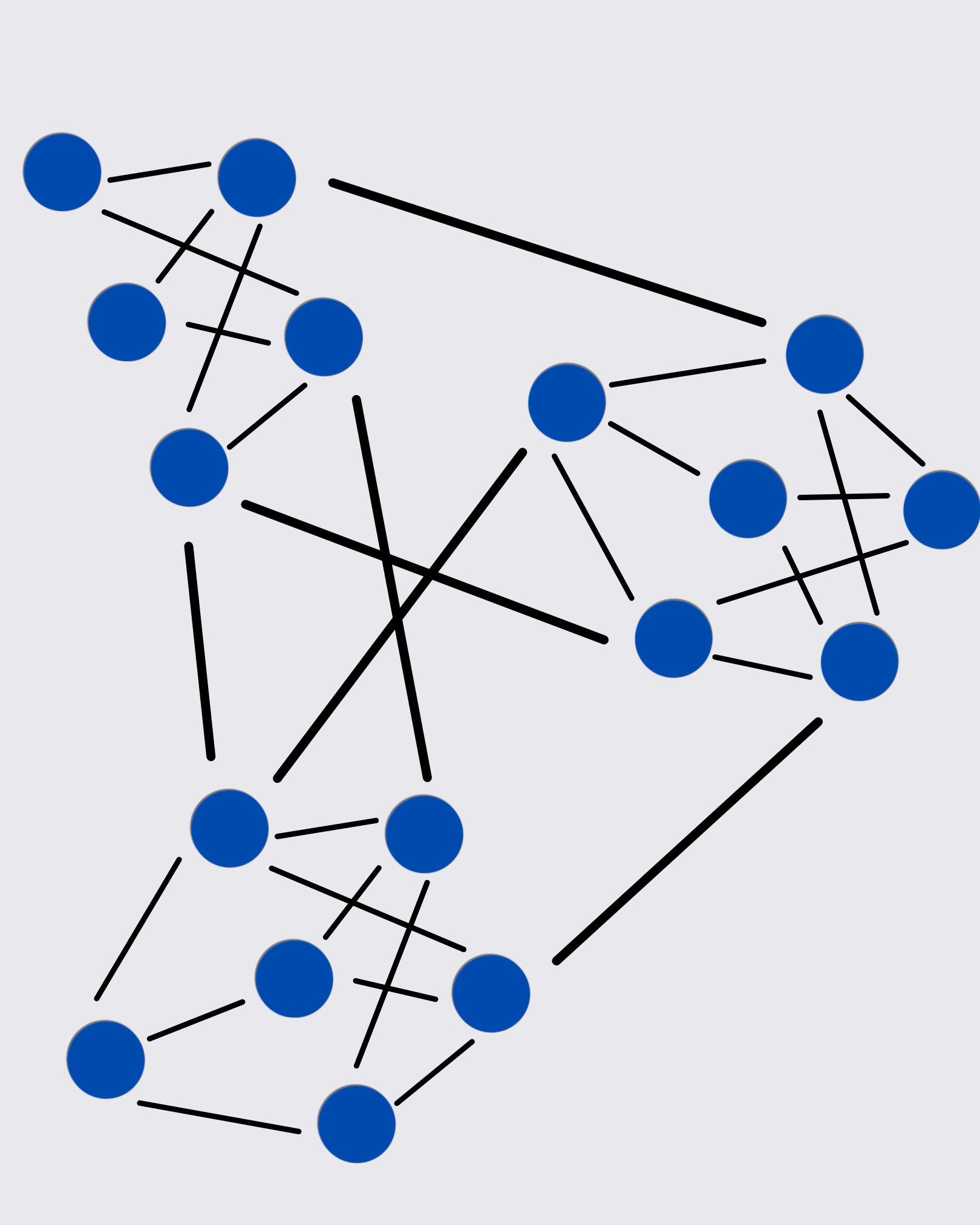When AI gives you instant answers and polished summaries, it’s easy to feel like you’re moving forward.
But there’s a difference between getting through your work and understanding it.
Whenever AI does the thinking, the brain stops doing the learning.
You don’t build understanding, you borrow it. And every time you borrow, you create cognitive debt: knowledge that disappears when you need it most.
BetterDegree.AI restores the balance between thinking and technology.
Giving you a complete learning system designed for the AI age, one that strengthens thinking instead of replacing it.
It’s about keeping the effort that matters and making it go further.
Learning should build understanding; not just output.
Because the future belongs to learners who keep one principle in mind:
Brain First. AI Second.
The evidence backs it up
Across schools and universities, researchers are uncovering a consistent pattern. One that reveals how different kinds of AI use lead to very different kinds of learning.
The results speak for themselves.
Practise vs Non-AI Exam Scores
Bastani H, Bastani O, Sungu A, Ge H, Kabakcı Ö, Mariman R. Generative AI without guardrails can harm learning: Evidence from high school mathematics. Proceedings of the National Academy of Sciences. 2025 Jun 25;122.
In a randomised controlled trial of nearly 1,000 high-school students, researchers investigated how AI use affected learning.
One group used ChatGPT freely during maths practice; using it to generate answers for themselves.
When students used AI freely, they looked like they were learning faster, practice scores jumped by 48%.
But when the AI was taken away, exam scores fell 17 %. The “learning” they’d built didn’t last.
This isn’t the only study to show the effect.
Exam performance gap between GenAI users and non-users.
In a separate university study of first-year students, those flagged as AI users scored 6.7 points lower out of 100 on their final invigilated exam than non-users, around a 15 % drop in performance on this exam, often the difference between passing and failing.
Wecks JO, Voshaar J, Plate B, Zimmermann J. Generative AI Usage and Exam Performance. SSRN Electronic Journal. 2024 Nov 15;
Brain Connectivity
Kosmyna N, Hauptmann E, Yuan Y, Situ J, Liao XH, Beresnitzky A, et al. Your Brain on ChatGPT: Accumulation of Cognitive Debt when Using an AI Assistant for Essay Writing Task. 2025.
Neuroscience echoes the same story. When AI takes over the thinking, the brain’s learning networks quieten.
Thinking activates learning. Offloading it shuts the system down.
But when AI strengthens effort, the story changes.
Improved test performance when learning with AI
In a study of 2,238 students, participants were tasked with rewriting a cover letter after a short lesson in effective writing.
One group was tasked with practising and learning with an AI tool, the other without.
When later tested without AI, the AI group scored 11 % higher than the non-AI group. Their advantage grew to 13 % in a follow-up test days later.
They also spent 12 % less time practising.
Lira B, Rogers T, Goldstein D, Ungar L, Duckworth A. Learning from examples: AI assistance can enhance rather than hinder skill development. 2025.
When AI acts as a cognitive scaffold; guiding reflection, strengthening effort, and refining understanding instead of replacing it, students learn more, remember longer, and do it with less wasted energy.
In a university writing study students wrote 800-word essays and received either AI or experienced human feedback. The AI was deliberately constrained to short, 150–200-word responses, limited to Socratic questioning and diagnostic comments, never content generation.
When retested, students who received AI feedback showed clear improvements in structure and argument quality compared to those who received human feedback.
Zhang K. Enhancing Critical Writing Through AI Feedback: A Randomized Control Study. Behavioral Sciences. 2025 May;15(5):600.
Across every study, the pattern is clear:
When AI replaces thinking, learning weakens.
When AI supports thinking, learning strengthens.
Your brain can only process a limited amount at once.
Cognitive Load Theory breaks that effort into three parts:
The first pillar is Cognitive Load Theory.
-
What It Means
The natural difficulty of what you’re learning. Complex ideas require effort, and that’s fine.
What BetterDegree.AI Does
Our system helps you manage high intrinsic loads, reducing overwhelm and creating space for deeper understanding.
-
What It Means
The “bad” load. Cluttered slides, multitasking, poor explanations.
What BetterDegree.AI Does
Designed to reduce accidental complexity at every stage. Freeing up more working memory for meaningful learning.
-
What It Means
The “good” load. Active thinking that builds real understanding.
What BetterDegree.AI Does
Every workflow is designed to maximise this productive effort. Using AI to focus thinking, not replace it.
Learning happens when cognitive effort is freed from the noise and directed toward understanding.
The BetterDegree.AI learning system ensures your brain’s limited resources are focused on what actually matters.
Understanding doesn’t come from exposure. It comes from creation, actively transforming information to make it your own, not just copying down notes.
When you explain an idea in your own words, sketch a diagram to connect concepts, or teach someone else what you’ve just learned.
Each of these acts forces the brain to reorganise information, strengthening memory, building context, and revealing gaps in understanding.
That’s why AI tools that simply summarise or rewrite information work against learning: they skip the most valuable cognitive step.
Instead BetterDegree.AI turns this principle into practice. The result is a feedback loop where effort creates insight, and insight makes effort easier the next time.
Generative Learning
Retrieval Practice & Reflection
Retrieval Practice and Reflection explain how your understanding lasts and deepens over time.
When you recall knowledge from memory instead of rereading it, you recreate learning itself. Each effortful recall strengthens the pathway that stores an idea.
Reflection completes the cycle. It helps you see how you learned, not just what you learned, connecting new ideas to old and sharpening awareness that turns recall into mastery.
Together, retrieval and reflection form a self-reinforcing loop that transforms effort into understanding.


